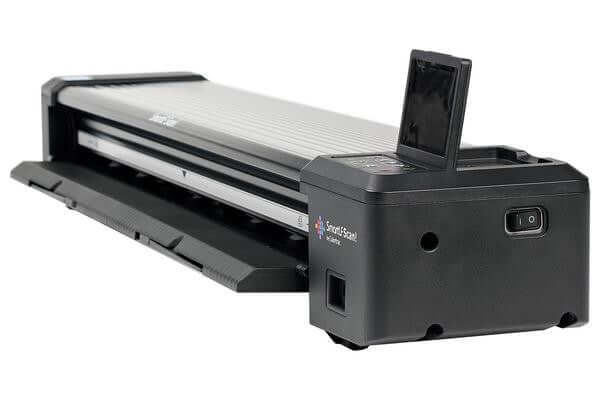3D scanning has become increasingly popular in the architecture and construction industries, as it offers a range of benefits that can save time and money, while also improving accuracy. Discover some of the key benefits of using 3D scanning in construction projects:
Improved Accuracy with Renovations:
One of the most significant advantages of 3D scanning is capturing incredibly detailed and accurate information about a construction site. This data creates a digital model of the site, which can be used for various purposes, including design and planning, documentation, and as-built drawings.

Regarding renovations, taking manual measurements takes time, and mistakes are common. Capturing reality with a LiDAR scanner ensures accurate measurements for bids and estimates. Additionally, having a digital twin of the project eliminates the need for thousands of traditional photos, reducing measurement errors and the associated costs of rework.
Lower Overhead Costs:
Companies that do not utilize 3D scanning need an opportunity to reduce project costs. For example, one person can visit the construction site and scan the area to identify potential hazards. From there, a 360° digital twin can be created. This digital model can be a 3D photo that lets any viewer virtually walk through the space and take measurements. Or the data can be used in a 3D point cloud that can be imported into a CAD platform like AutoCAD or BricsCAD Pro for analysis or to make a BIM model.
Suppose one person can visit the site with a LIDAR scanner and gather data. In that case, other project stakeholders can review the digital model for the most details needed from a visual inspection. Having a digital twin of the job site minimizes the need for multiple people to attend site surveys. Conducting remote surveys and inspections significantly cuts travel and labor costs because the demand for numerous people to visit the site is minimized.
Faster project completion:
A long-standing challenge in the construction industry is completing projects on time and within budget. 3D scanning can accelerate the construction process by enhancing communication among all partners and providing precise information about the site and its existing conditions. This information can help prevent delays caused by unexpected obstacles or issues that may arise during construction. 3D scanning also helps in unforeseen areas.

Smaller jobs require moving travel from site to site to make progress inspections or a punch list. This excess travel requires excessive time, which most professionals need to have available.
Using a 3D model, users can quickly tag and notate punch list items. 3D scans enable project managers to promptly build punch lists, discuss remediations, and sign off on work. Additionally, having a digital twin facilitates the easy communication of critical information with subcontractors and other stakeholders.
3D scanning allows for the creation of detailed digital models of a construction site, improving communication between different teams and stakeholders. Additionally, anyone with the necessary software can share and view these models, facilitating more efficient collaboration and informed decision-making.
BIM Model Creation
If the project requires a BIM model, scanning with a LiDAR scanner is the quickest way to get one. Once you scan the area and create a 3D point cloud, it is possible to import it into CAD software and create a BIM model. However, rather than tying up one of your design professionals' time drawing a BIM model, you can use the Matterport platform to "order a BIM file."

For a fee, you can have a full 3D Revit model with the associated 2D CAD files within a few days. Once created, you can use the BIM file throughout the building lifecycle, including design, construction, and facilities management.
Enhanced sustainability:
3D scanning improves the sustainability of construction projects. For example, by providing detailed information about the existing conditions on a site, 3D scanning can help to identify opportunities for reusing materials or incorporating sustainable design elements into the project.
Enhanced safety:
3D scanning can help to improve safety on construction sites by providing detailed information about the site before work begins. This data helps identify potential hazards and create a safer working environment for the construction team. In addition, by knowing the problem areas early, you can take the proper steps to address risks and mitigate other safety concerns.
3D Scanning in Construction Summary
3D scanning in construction projects dramatically improves accuracy, safety, and efficiency. By creating a high-definition 3D digital twin of a construction site, 3D scanning can help avoid errors and delays. It can ultimately result in faster project completion and better outcomes for the construction team and stakeholders.












